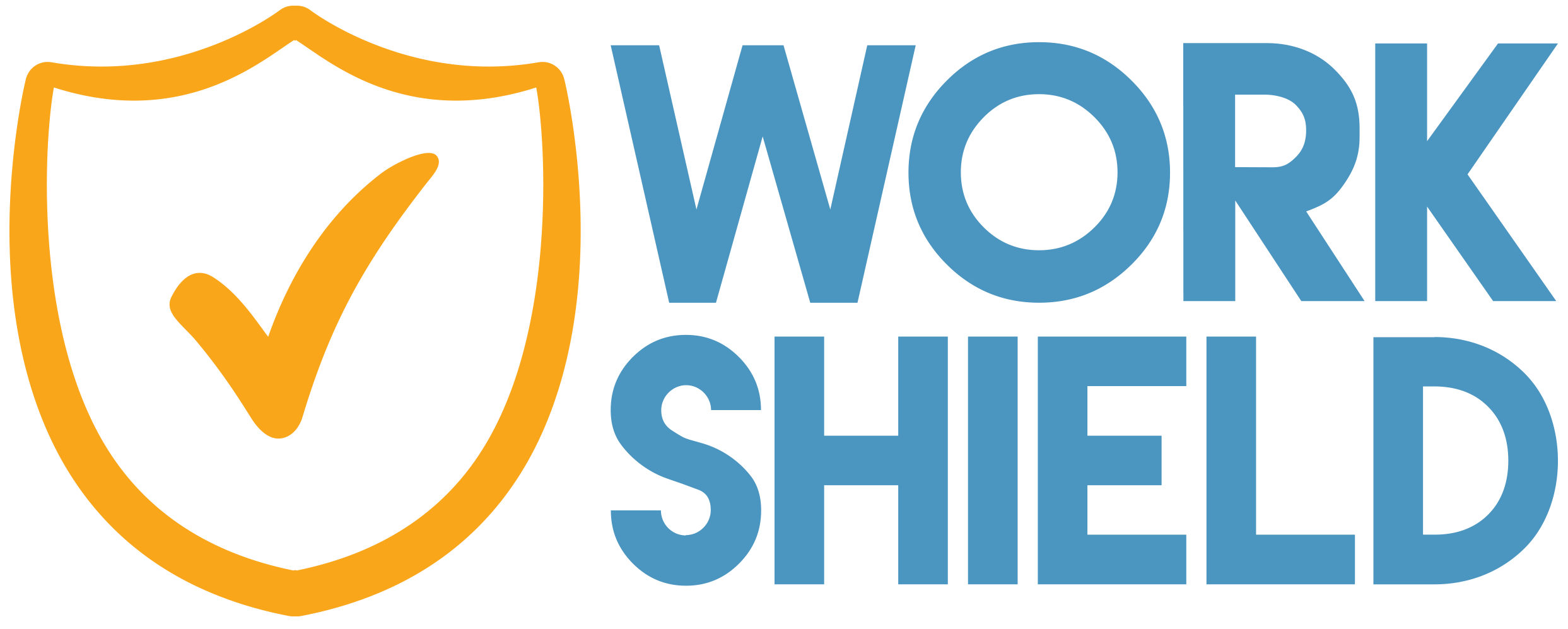The number of workers leaving jobs voluntarily and the amount of open positions are at a record high, while the annual wage increase is higher than any point in over 20 years, according to research by economists at job site Indeed. Additionally, businesses are laying off workers at a near-record low rate as employers strive to retain top talent. Adding to these unprecedented workplace metrics, the national unemployment rate has fallen to the pre-pandemic rate of 3.5%, which is a historic low. As millions of workers rejoin the labor force, organizations are cultivating new roles and searching for key players to fill them.
This workplace data points to an employee job market where workers are taking control of the next step in their careers. Being an employer in an employee market can pose challenges, but with the right strategy and long-term focus, it’s possible for organizations to rise above the competition and secure the right talent, even in a candidate’s market.
- Define your mission, vision and values. Creating a solid mission statement for your organization is imperative. Beyond listing the phrases on a company website, leadership must commit to carrying out the mission, vision and values each and every day to shape a workplace where employees want to grow. While having a business mission statement has always been important, this is crucial in an employee market. Leaders must have a firm understanding of what their organizations stand for, including environmental, social and governance (ESG) initiatives as workers desire roles with purpose and belonging.
- Keep hiring strategies at the forefront of your business model. In a candidate’s market, hiring strategies are not only for HR or job descriptions. By integrating hiring and retention plans into your organization’s daily operations, your current team members become brand ambassadors, and job seekers will be drawn to your work environment. For example, cultivating a positive workplace means understanding meaningful ways to show employees they are valued and heard. In doing this, your current employees are more likely to stay while also spreading the organization’s positive reputation by word of mouth.
- Rely on outside sources to support your HR initiatives. The HR professional is evolving, and with the advancement of technology, HR leaders’ responsibilities go beyond recruiting and onboarding. In fact, HR teams should focus on bigger picture elements, such as culture, diversity, equity and inclusion, and other value-driven goals while allowing a third party to manage workplace misconduct management. With Work Shield, employers can hone in on their daily tasks while our third-party solution supports HR with long-term employee retention by addressing toxicity quickly and resolving the issue within days.
Being an employer in an employee market means it’s time for organizations to step up to the plate and create work environments with a healthy culture where all voices are heard. As job seekers compare opportunities, having a firm company mission, weaving hiring strategies throughout your business plan and implementing a third-party solution to support HR are key to thriving and coming out on top as a winning team that employees want to join.





